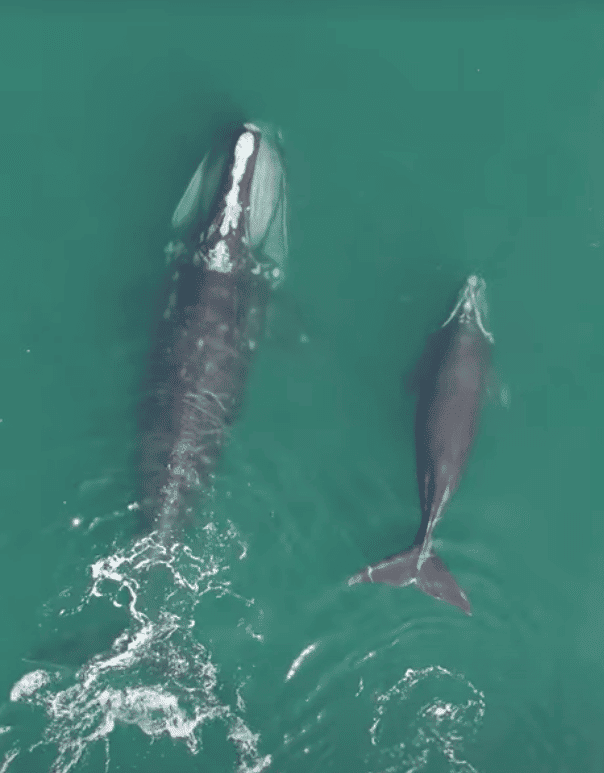The Eastern North Pacific right whale, one of the most endangered whale species on the planet, has recently been making waves in the news. Recent sightings of these majestic creatures have sparked hope among conservationists and marine enthusiasts alike. In this article, we will explore the significance of these sightings and the ongoing efforts to protect and preserve the Eastern North Pacific right whale population.
The Plight of the Eastern North Pacific Right Whale
The Eastern North Pacific right whale (Eubalaena japonica) is a critically endangered species, with estimates suggesting that there are fewer than 30 individuals left in the wild. These whales were extensively hunted for their valuable blubber and baleen plates in the past. This pushed them to the brink of extinction. Despite international efforts to protect them, they face numerous threats, including ship strikes, entanglement in fishing gear, and habitat degradation.
Recent Sightings Bring Hope
The National Oceanic and Atmospheric Administration (NOAA) recently reported sightings of Eastern North Pacific right whales off the coasts of California and Oregon. These sightings are a glimmer of hope for the conservation of this critically endangered species. The presence of these whales indicates that there is still hope for the recovery of the population. This, provided that effective conservation measures are implemented.
The Role of Conservation Efforts
Conservationists and marine organizations have been working tirelessly to protect and conserve the Eastern North Pacific right whale. One of the key initiatives is the implementation of vessel speed restrictions in areas where these whales are known to inhabit. Slowing down ship speeds helps reduce the risk of collisions, a significant threat to these slow-moving giants. Additionally, efforts to minimize entanglement in fishing gear and habitat protection are crucial components of the conservation strategy.
Collaboration for Conservation
The conservation of the Eastern North Pacific right whale requires a collaborative effort from governments, scientists, non-profit organizations, and the public. NOAA’s efforts, including the monitoring and documentation of whale sightings, contribute valuable data that informs conservation strategies. Public awareness and engagement are equally vital to garner support for policies and practices that protect these majestic creatures and their habitats.
What You Can Do to Help
As individuals, there are steps we can take to contribute to the conservation of the Eastern North Pacific right whale. Supporting and advocating for policies that protect whale habitats, participating in beach cleanups to reduce marine debris, and spreading awareness about the importance of marine conservation are impactful actions that can make a difference.
Conclusion
The recent sightings of Eastern North Pacific right whales bring a glimmer of hope for the conservation of this critically endangered species. While the challenges are significant, ongoing efforts by NOAA and other conservation organizations, combined with public support, can contribute to the recovery of these majestic creatures. By working together, we can ensure a future where the Eastern North Pacific right whale thrives in its natural habitat.
Up next:
Watch: Massive Whale Breaching Right Next To Boat (110 tons)
Unveiling the Extraordinary: Drone Captures Fin Whale with Rare Scoliosis
- Discover: Top 12 American Animals and Wildlife - April 15, 2024
- 10 Animals That Hibernate Through the US Winter - April 12, 2024
- Watch: The Kleptomaniac Cat of Houston - April 2, 2024

